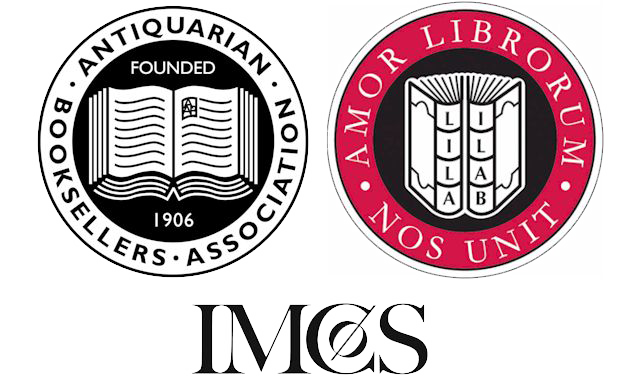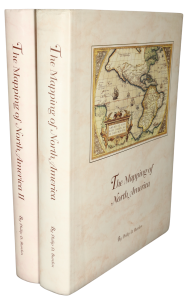Rare Maps and Prints
- World & Celestial
- North America
- West Indies, South & Central America
- British Isles
- British Isles
- English counties
- Large-scale
- Bedfordshire
- Berkshire
- Buckinghamshire
- Cambridgeshire
- Cheshire
- Cornwall
- Cumberland
- Derbyshire
- Devon
- Dorset
- Durham
- Essex
- Gloucestershire
- Hampshire
- Herefordshire
- Hertfordshire
- Huntingdonshire
- Islands
- Kent
- Lancashire
- Leicestershire
- Lincolnshire
- Middlesex
- Norfolk
- Northamptonshire
- Northumberland
- Nottinghamshire
- Oxfordshire
- Rutland
- Shropshire
- Somerset
- Staffordshire
- Suffolk
- Surrey
- Sussex
- Warwickshire
- Westmoreland
- Wiltshire
- Worcestershire
- Yorkshire
- Wales
- Scotland
- Ireland
- Western Europe
- Eastern Europe
- Middle East
- Africa
- Asia
- Australasia & Pacific
- Decorative Prints
- Title Pages
Mr. Philip D. Burden
P.O. Box 863,
Chalfont St. Giles, Bucks HP6 9HD,
UNITED KINGDOM
Tel: +44 (0) 1494 76 33 13
Email: enquiries@caburden.com
As with most sea charts inland detail is limited beyond identifying the regions. The overall outline is remarkably accurate for the period and clearly illustrates Seller’s skills as a mapmaker. The results of Sir John Narborough’s exploration of the Straits of Magellan during his voyage of 1669-71 are recorded. Three ships and two compass roses adorn the chart along with an ornate title cartouche. This is flanked by a male and female native figure standing on a table beneath which are the scale of miles.
John Seller (c.1627-97) was born the son of Henry Sellers, a cord wayner, between 1627 and 1630 in Wapping, London. He was apprenticed to Edward Lowe who was presumably an instrument maker as this was the profession chosen by Seller. He appears to have been a Baptist at a time when Nonconformists were not popular. Following the Restoration of King Charles II in 1660, there were understandably several treasonable plots against him. In 1662 six men were arrested in one such plot led by Thomas Tonge, amongst them was John Seller. The trial was held in the Old Bailey in December. The published details show that Seller was clearly not involved although he was a friend of one of the men and had been seen talking to another. Despite the evidence, he was convicted and sentenced. Seller and one James Hind escaped execution; the others being hanged on 22 December. Seller remained in Newgate Prison until the spring of 1663. He was granted release on bail and eventually granted a pardon.
Seller’s main income derived from instrument making and navigation, and he was even interested in their use. He wrote ‘Praxis Nautica or Practical Navigation’ in 1669, dealing with all aspects of navigation such as instruments, mathematics, almanacs and tables. It was an immediate success and was issued in numerous further editions. It was at this time he turned to publishing maps, at first specialising in sea charts for which he saw a domestic market. Expanding into topographical maps he entered all sorts of projects but lacked the commercial ability to carry them through successfully. In 1675 Seller published the single volume, Atlas Maritimus. It was published for several years thereafter and in each example the contents vary, indicating that they were largely collected to order.
The three other known examples are found in an untitled composite atlas attributed to John Seller in the British Library (Maps C.27.d.17) dated to c.1690, in John Seller’s ‘Atlas Maritimus’, 1675, found in the Maritiem Museum, Rotterdam (WAE114 no. 24), and a separate example identified in the Clements Library. Provenance: Juan and Peggy Rada Collection. Refer Burden (1996-2007) no. 436; Campbell (1973) pp. 81-106; Howse, Derek & Michael Sanderson (1973) pp. 65-7; Shirley (2004) M.Sell 4a no. 4.






